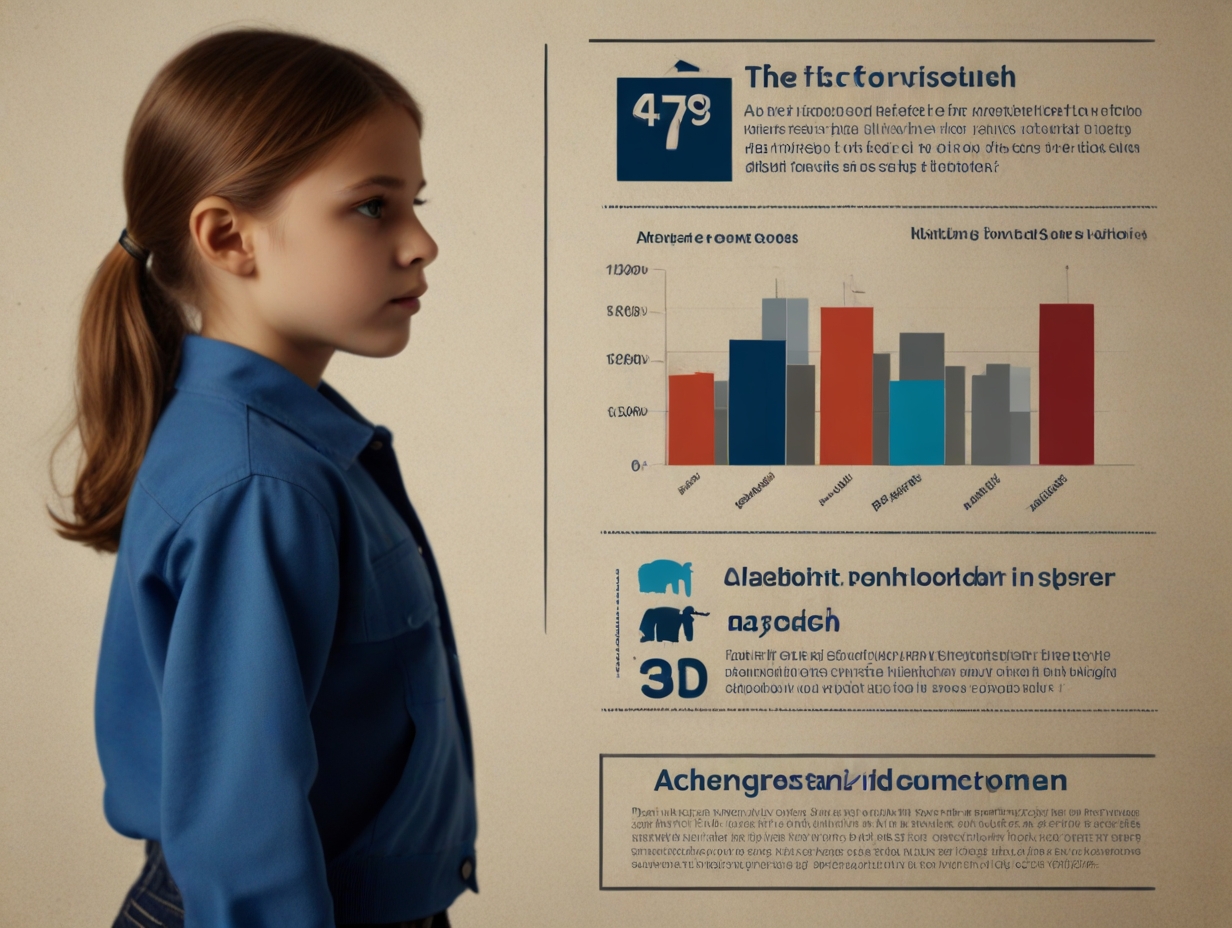Last year was called the “most extreme year on record” by the U.K. charity Internet Watch Foundation (IWF), which discovered a distressing 275,652 convinces of child sexual abuse imagery online, with a frightening number of them being predators coerced victims into making explicit materials – calling on technology companies and online platforms to act swiftly – as regulations have slowed down and Artificial Intelligence
“Every URL can reveal only one, a dozen, hundreds or even thousands of those individual child sexual abuse images or videos instead,” the report said (92%) (with self or coerced or aid of social network to perform over a webcam,”).
IWF findings
According to IWF, the numbers were derived from „proactive searching“ and an analysis of almost 400,000 reports worldwide through more than 50 reporting portals. This represents an increase of 8% from the year before.
The USA was the top country with 14.8% of the websites, with 41,502 URLs, up by one proportion of the nation as the host over the recent year of 34%, a third of the whole annexed websites.
The IWF said the analysis showed that 2,401 self-generated videos of children ages 3-6 were out of this. Most of those kids were girls, which is a flag that shows how the abusers who are considered “opportunists” nowadays are very active in sexual abuse not only with children of teenagers but with young children as well.
Measures to take
It is the IWF’s stance that “tech companies and online platforms” should right away shore up such security measures for the kid’s online instead of depending on governments taking the very painful regulation-making action or losing more time for this activity to come into force in the U.K. with its Online Safety Act. IWF revealed that the material Category also saw an increase of 22% compared to 2022. Such extreme content being viewed more and more frequently is one of the trends, according to the IWF; from 2021 to 2022, the amount of Category A content increased by 38%.
The number of cases of sextortion – the use of pictures/files of kids, information, or videos that perpetrators can then use to blackmail their victims for more pictures/money- is also increasing. The agency recorded just 6 cases of this kind in 2021 when they introduced the tolling mechanism. Last year, it mentioned that the institution saw 176 sextortion-related cases. The foundation emphasized that the evidence AI receives and generates is becoming a serious threat to children on the Internet. In the year 2023, IWF concluded that it had processed 51 webpages that contained auto-generated images of child sexual abuse, 38 with the appearance that they were real.
This way, they were contained in the statistic reports as “real” images. Besides, other 228 URLs had AI-generated content. Although only a small percent of IWF’s scrutinized material is computer-generated, the charity is alarmed because of the “potential for rapid growth.” This is the case, especially in domains such as publishing manuals on how to create or distribute child pornographic material through AI, which may fall outside the existing legal frameworks. IWF said it encountered a text manual on DW explaining how the perpetrators “We have seen such behavior before, but the fact that this is the first evidence of criminals acting in concert to advise and encourage each other to use AI for self-defense purposes is particularly disturbing” the IWF allegedly commented.
This article originally appeared in Forbes.





